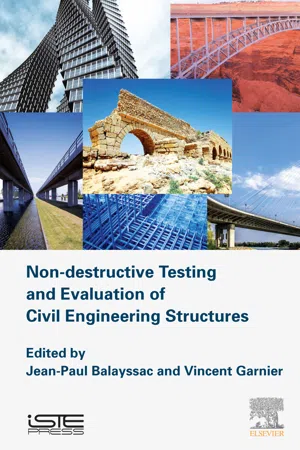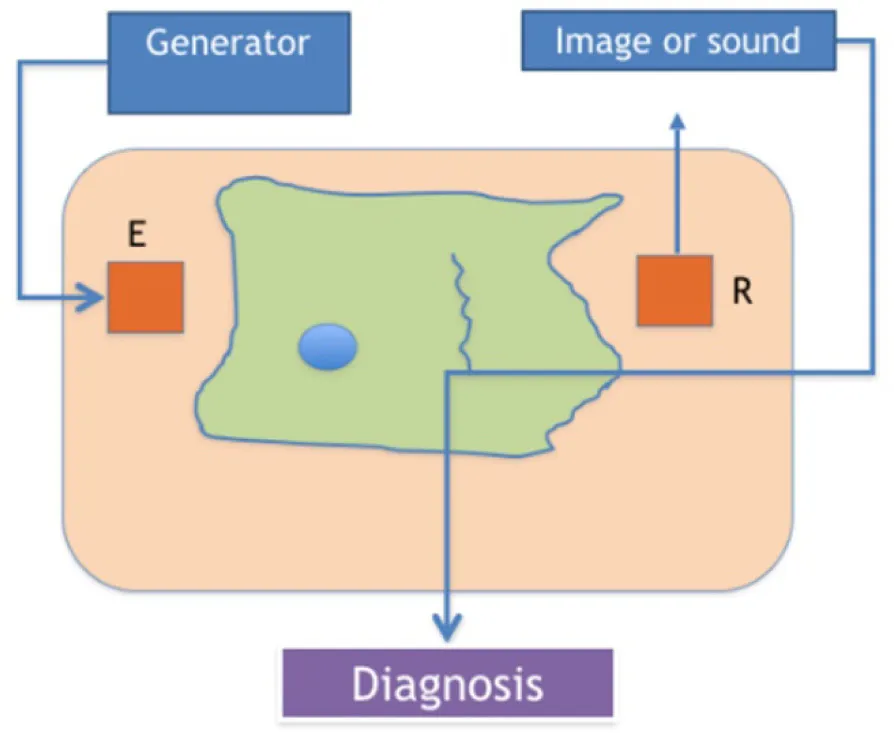
Non-destructive Testing and Evaluation of Civil Engineering Structures
- 376 pages
- English
- ePUB (mobile friendly)
- Available on iOS & Android
Non-destructive Testing and Evaluation of Civil Engineering Structures
About This Book
The non-destructive evaluation of civil engineering structures in reinforced concrete is becoming an increasingly important issue in this field of engineering.
This book proposes innovative ways to deal with this problem, through the characterization of concrete durability indicators by the use of non-destructive techniques. It presents the description of the various non-destructive techniques and their combination for the evaluation of indicators. The processing of data issued from the combination of NDE methods is also illustrated through examples of data fusion methods.
The identification of conversion models linking observables, obtained from non-destructive measurements, to concrete durability indicators, as well as the consideration of different sources of variability in the assessment process, are also described. An analysis of in situ applications is carried out in order to highlight the practical aspects of the methodology.
At the end of the book the authors provide a methodological guide detailing the proposed non-destructive evaluation methodology of concrete indicators.
- Presents the latest developments performed in the community of NDT on different aspects
- Provides a methodology developed in laboratory and transferred onsite for the evaluation of concrete properties which are not usually addressed by NDT methods
- Includes the use of data fusion for merging the measurements provided by several NDT methods
- Includes examples of current and potential applications
Frequently asked questions
Information
Introduction
Abstract
Keywords
1.1 The beginnings of NDE

1.2 Industrial development of NDE
1.2.1 Pressure equipment
1.2.2 Aviation
1.2.3 Wind energy sector
Table of contents
- Cover
- Title page
- Table of Contents
- Copyright
- Foreword
- List of Notations
- 1: Introduction
- 2: Ultrasonic Methods
- 3: Electromagnetic Methods
- 4: Electrical Methods
- 5: Electrochemical Methods
- 6: Quality, Uncertainties and Variabilities
- 7: Construction of Conversion Models of Observables into Indicators
- 8: Assessment of Concrete by a Combination of Non-Destructive Techniques
- 9: Applications In Situ
- 10: Methodological Guide
- Glossary
- List of Authors
- Index